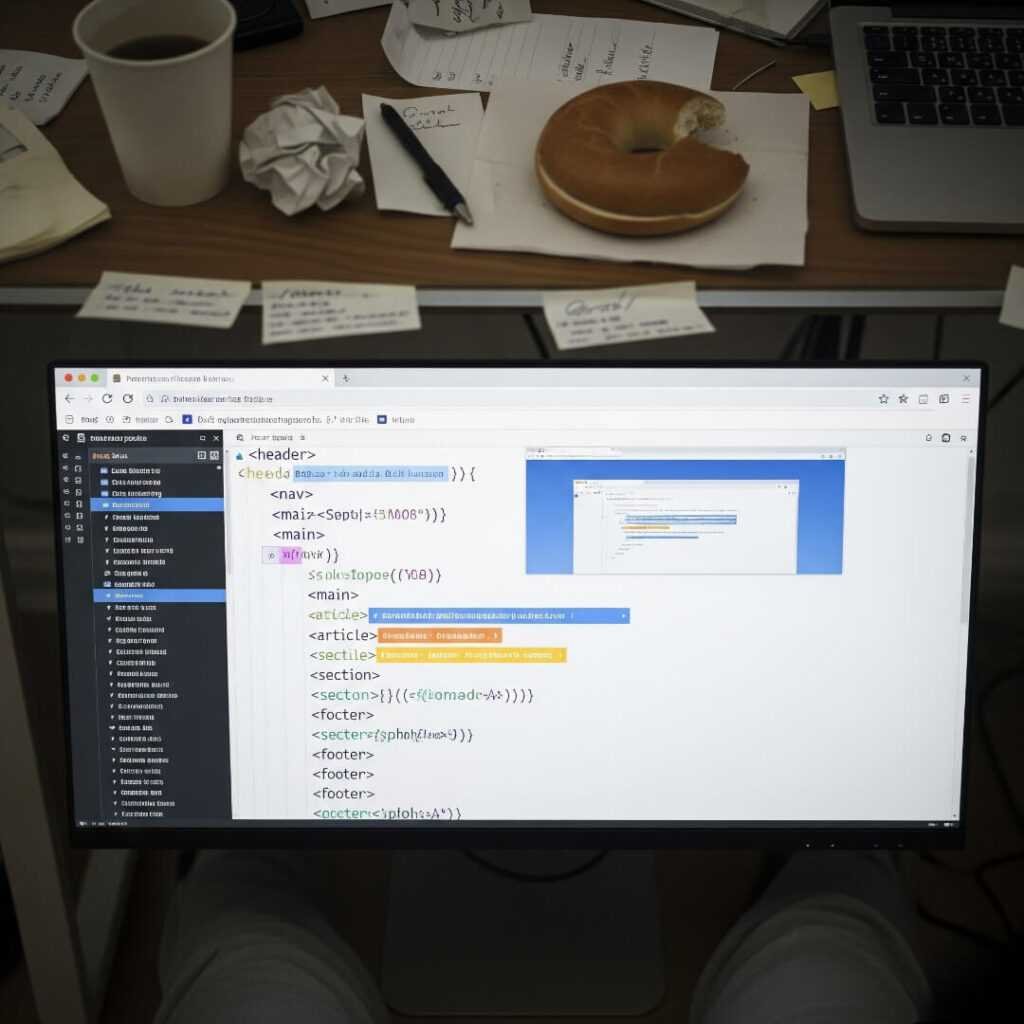Man, HTML tags for on-page SEO in 2025 are like my lifeline right now, sitting in my cramped Brooklyn apartment, the radiator hissing like it’s got opinions. I’m surrounded by empty takeout containers, my laptop’s fan whirring like it’s about to take off, and I’m still recovering from the time I totally screwed up my site’s rankings. Like, picture me last month, 3 AM, chugging stale coffee, thinking I’m a genius for keyword-stuffing my title tags – spoiler: I wasn’t. My rankings tanked so hard I could hear Google laughing. Anyway, these tags aren’t just code; they’re how you scream to search engines, “Yo, my page is legit!” in 2025’s hyper-smart AI-driven web. Here’s my messy, human, slightly embarrassing dive into what works.
My Epic Fumble with HTML Tags for On-Page SEO in 2025
So, I’m in my living room, blinds half-broken, city noise leaking in, and my site’s analytics are flatter than my attempt at baking bread last week. I dove into HTML tags for on-page SEO in 2025 ‘cause I had to fix my mess. Title tags? They’re your page’s billboard on Google. I used to cram ‘em with junk like “SEO tips tricks best ever 2025,” but Google’s like, “Chill, dude, keep it under 60 chars.” Search Engine Journal says it’s gotta be clear, keyword-first, like “HTML Tags for On-Page SEO in 2025: Quick Fixes.” I tried that, saw clicks climb, but – real talk – I once left a tag as “SEO Tgas 2025” for days. Tgas. Ugh, kill me.
Meta descriptions are next, that lil’ blurb under your title in search results. I ignored ‘em forever, thinking, who cares? But a tight 140-char one with HTML tags for on-page SEO in 2025, like “Fumbled my site’s SEO but these tags saved me – my 2025 story,” got me clicks. I wrote one while munching on cold pizza, the grease smudging my keyboard, and it felt like a win. Still, Google sometimes rewrites ‘em, which annoys the heck outta me, but I keep tweaking ‘cause when it sticks, it’s gold.

Heading Tags: Organizing My Chaos for On-Page SEO in 2025
Heading tags – H1, H2, H3 – are like my attempt to organize my chaotic brain. An H1 like “Key HTML Tags for On-Page SEO in 2025” tells Google your main deal. Moz says one H1 per page, then H2s for sections like this. I used to sprinkle H1s everywhere, thinking more = better, but nah, that confused crawlers. Last week, sweating in this humid New York air, I fixed a post’s headings, and bounce rates dropped. Embarrassing story: I once published a page with zero headings, just a text wall, and wondered why nobody stuck around. Like, duh, dude.
Here’s my go-to:
- H1 for the big topic, sneak in HTML tags for on-page SEO in 2025.
- H2s for sections, like “Why Meta Tags Still Rule.”
- H3s for sub-points, keep ‘em natural but keyword-y.
Alt Text and Sneaky HTML Tags for On-Page SEO in 2025
Image alt text? Oh man, I skipped that for years, and my site got slapped for accessibility. Now I write stuff like “Robot tweaking HTML tags for on-page SEO in 2025” for every pic. Google’s SEO Guide says it helps screen readers and image search rankings. I’m in my kitchen, crumbs on my shirt, typing alts while my neighbor’s dog barks like it’s auditioning for a movie. It’s tedious, but my images started ranking, bringing random traffic. Contradiction: I hate repetitive tasks, but this one’s a game-changer.
Semantic tags like <article> and <section> are clutch in 2025 for clean structure. I added ‘em, and Google crawled my site better. Also, canonical tags – <link rel=”canonical”> – saved me when I accidentally duplicated content. Panicked in my PJs, fixed it, felt like a hero. Ahrefs has a dope guide on that.

Schema Markup: Fancy HTML Tags for On-Page SEO in 2025
Schema markup’s like putting a tux on your HTML tags for on-page SEO in 2025 – gets you rich snippets, like star ratings or FAQs. I was skeptical, thought it was extra, but adding JSON-LD to my blog got me a featured snippet. I did it in a Chicago café last month, rain smacking the windows, feeling like a coder badass – until I botched the syntax twice. Google’s Structured Data Tool saved my butt. Also, viewport meta – <meta name=”viewport” content=”width=device-width, initial-scale=1″> – is non-negotiable for mobile. I skipped it once, my site looked like garbage on my phone, lost half my visitors. Ouch.

Wrapping Up My Rant on HTML Tags for On-Page SEO in 2025
Look, I’m no SEO guru – just a dude in Brooklyn fumbling through HTML tags for on-page SEO in 2025, learning from dumb mistakes like misspelled tags or ignoring schema. My apartment’s a mess, my code’s messier, but these tags legit boosted my site. I love the tech, hate the grind, but it’s worth it when you see those rankings climb. Try tweaking a title or adding alt text yourself – small stuff, big wins. Check out Moz for more, and yo, share your own screw-ups in the comments. Makes me feel less like a hot mess.




